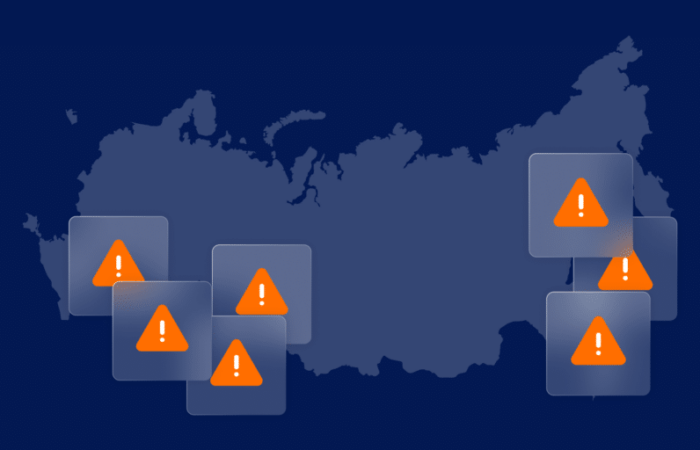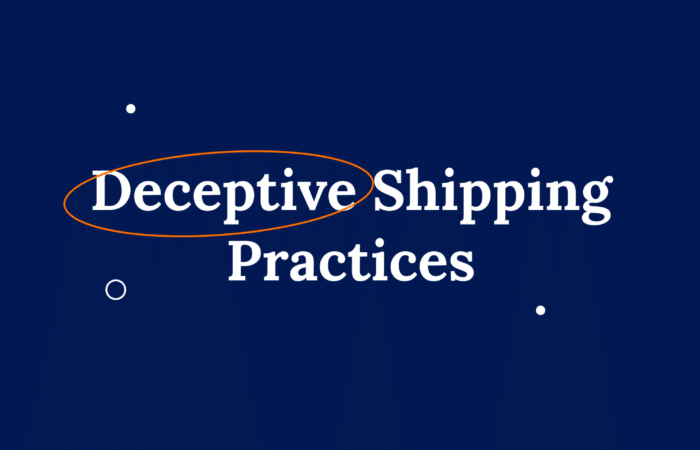What’s inside?
In a recent TradeWinds article, Frontline’s interim CEO, Lars Barstad, reported that a quarter of older tankers are at high sanctions risk. To understand why, he explained the involvement of these 15-year-old tankers in carrying sanctioned Venezuelan or Iranian crude. According to VesselsValue, there are 368 tankers of at least 15 years old and 120,000 dwt. With Iranian and Venezuelan oil cargoes selling at discounts of up to 40% – cheap vessels and cheap cargo make for good business. And now, with depressed rates as a result of the pandemic market – instead of scrapping old vessels, shipping companies are selling retired vessels in growing numbers to bring in cash. The effect? Bad actors have increasingly taken advantage of this to turn a profit. We wanted to take a deep dive into this phenomenon to understand exactly how vessel age impacts risk.
Comparing new vs. old vessels
According to our data, there are 815 active tankers built before 2006. Of these, 20 or around 2.5% are sanctioned. Our system flagged 16% as high-risk, less than mentioned in the article. Why? Our system has a unique ability to fine-tune data. Because we leverage vessel behavior, vessel information, deceptive shipping practices, and more, our system knows how to flag only the true significant risk cases and distinguish these from medium or low-risk. AI systems allow for this unique breakdown of risk levels. In this way, we can provide go/ no-go recommendations for high-risk vessels while providing insights for better monitoring or investigation for those that present a lower risk.
Vessel age is an important parameter to consider. It has proven itself as a strong indicator for all kinds of risk based on countless labeled cases. This becomes apparent when comparing the sanctions risk of newer vessels. We looked at 1,994 active tankers built after 2006. Of these, only 10 are sanctioned, 76 were flagged as high-risk, and 116 as medium-risk.

A closer look
What conclusions can we draw? To understand what kind of behaviors are more telling of risk than others, we wanted to compare flag changes. As mentioned in the OFAC 2020 advisory, flag hopping is a much-needed red flag to illicit behavior and sanctions evasions. Malicious flag hopping can be well concealed in a sea of legitimate flag changes. That’s why insights on flag changes can help stakeholders stay ahead. For example, out of the 1,994 active younger tankers, only 121 had a flag change over the past year. In comparison, out of the 815 old tankers, 190 (23%) had a flag change over the past year.

To differentiate legitimate flag changes from deceptive flag changes, it’s important to understand the significance of the flags themselves. The younger tankers registered with the following flags (Liberia, Marshall Islands, Greece, Malta, Denmark).

The older tankers registered mainly with Panama, Liberia, Cameroon, Cyprus, and Tanzania. Cameroon and Cyprus are of particular importance in relation to risk.

We’ve already seen the increase of mostly old tankers registered with the Cameroon flag and how it affected the fleet’s risk. The rest of the flags follow similar patterns. For example, back in June, we shared a case of location manipulation, implicating the Cyprus flag. Of the 10 vessels discussed at the time, including the BERLINA, 9 were old vessels.
Another significant data point to evaluate is ownership. Out of the 815 old tankers, 271 had a change of ownership over the past year. In comparison, only 10% of the younger tankers had an ownership change.

Change in ownership is not necessarily risky on its own, but it can initiate a chain of risky events. For example, if a new owner precedes anomalous behavior, this can be an important red flag.
Old tankers as a red flag
It’s clear that older tankers, like described by TradeWinds are increasingly popular as a means to get away with sanctioned activity. Our system confirmed this, but more importantly provided a more precise risk distribution. We go beyond descriptive analytics (traditional maritime data), where the effort is on your team to make sense of the data. Instead, as a technology partner, we focus on delivering perspective analytics as decision support for your teams. Only strong systems can reduce the noise in the data to correctly identify risk. Contact us to learn how tailored insights and clear risk recommendations can help you boost your business and streamline due diligence.




